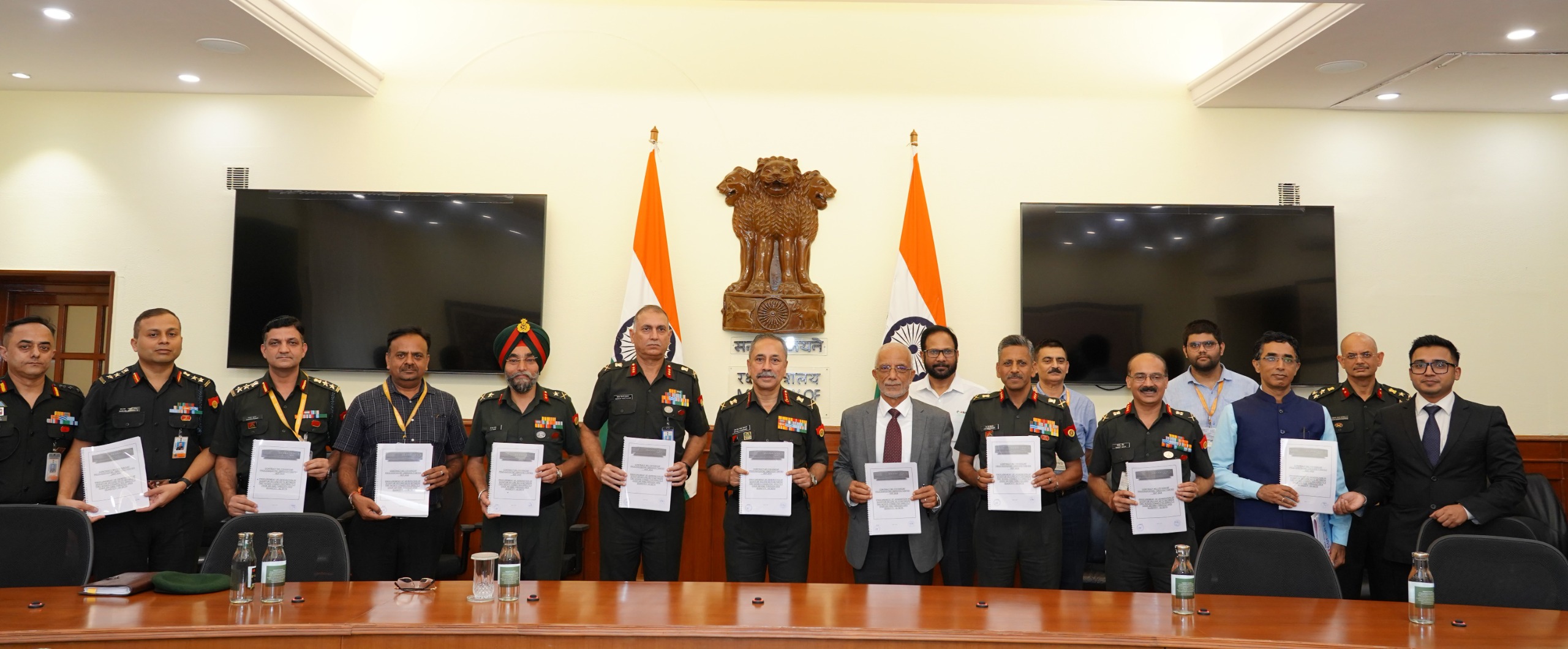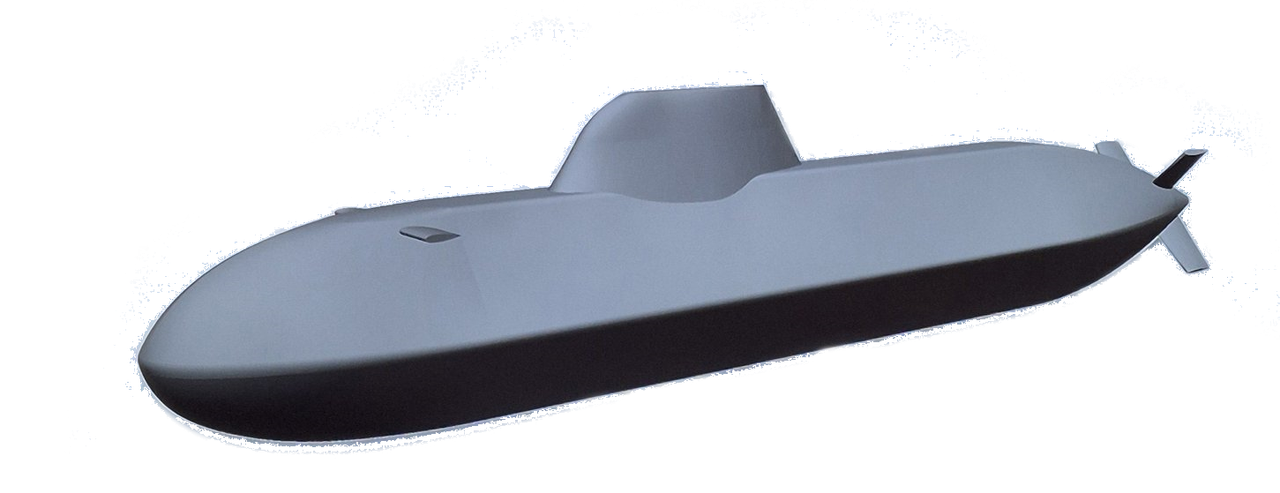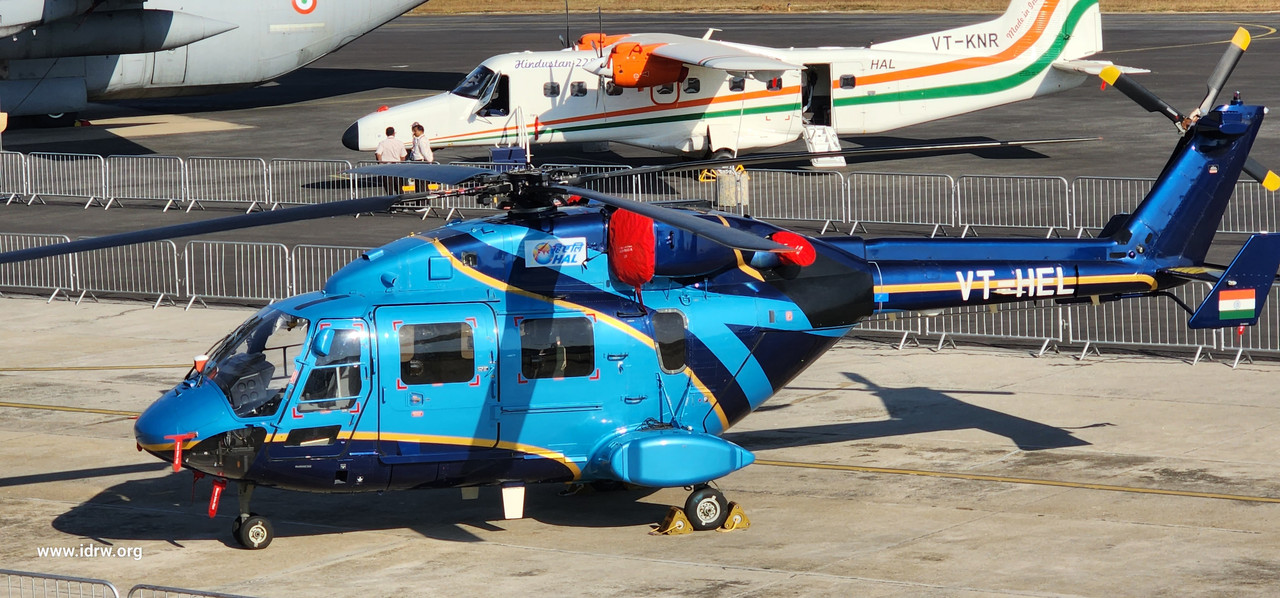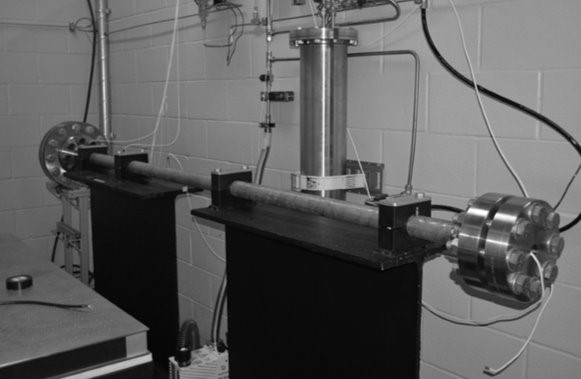Monthly Archives: October 2024
SOURCE: AFI

In a significant step towards enhancing the lethality of its artillery, the Indian Army has signed a Memorandum of Understanding (MoU) with the Indian Institute of Technology Delhi (IITD) to jointly develop Sensor Fused Munitions (SFM) for all variants of 105 mm ammunition.
The collaboration, announced on September 27, 2024, aligns with the Indian Army’s modernization drive, ‘ViksitBharat2047,’ and its commitment to self-reliance (Atmanirbharta). By developing indigenous SFMs, the Army aims to significantly improve the precision and effectiveness of its 155 mm guns.
Continue readingSOURCE: AFI

The Council for Scientific and Industrial Research (CSIR)-Central Scientific Instruments Organisation (CSIO) has successfully transferred its cutting-edge software framework for UAV-based object detection and localization technology to L&T Limited, Mumbai. This significant development will bolster the capabilities of unmanned aerial vehicles (UAVs) and pave the way for innovative applications in surveillance and automation.
The transferred technology offers a robust and efficient solution for identifying and tracking objects of interest in real-time using UAVs. It can be integrated into various UAV platforms and applications, including aerial surveillance, disaster management, precision agriculture, and infrastructure inspection.
Continue readingSOURCE: AFI

In a significant step towards achieving self-reliance in defense technology, the Indian Army has signed the eighth procurement contract through the Innovations for Defense Excellence (iDEX) initiative. The contract for procurement of ‘Generation of Quantum Secure Key (Quantum Key Distribution)’ was signed with M/s QuNu Labs in the presence of Lt Gen NC Raja Subramani, Vice Chief of The Army Staff.
QuNu Labs had proposed a 200 km single hop Quantum Key Distribution solution in Open Challenge 2.0 under iDEX. This technology will replace traditional algorithm-based encryption systems, providing enhanced security and reducing manpower requirements.
Continue readingSOURCE: AFI

Bharat Electronics Limited (BEL) and the Space Applications Centre (SAC), a unit of the Indian Space Research Organisation (ISRO), have signed a Memorandum of Understanding (MoU) to collaborate on the production of space-grade Travelling Wave Tube Amplifiers (TWTAs) in India.
TWTAs are crucial components in satellite communication systems, providing high-power amplification for transmitting signals over long distances. By indigenously producing these amplifiers, India will reduce its reliance on foreign imports, saving valuable foreign exchange.
Continue readingSOURCE: RAUNAK KUNDE / NEWS BEAT / IDRW.ORG

The Indian Navy is set to award a contract for the local manufacturing of six diesel-electric submarines to Mazagon Dock Shipbuilders Limited (MDL) in partnership with ThyssenKrupp Marine Systems (TKMS) of Germany. The German submarine was selected over competing bids from the Spanish shipyard and Larsen & Toubro (L&T).
The Indian Navy was impressed with the German submarine’s performance during field evaluation trials (FET), particularly its Air-Independent Propulsion (AIP) system. The German submarine demonstrated its AIP capabilities during the trials, while the Spanish shipyard’s submarine, which is still under development, is not expected to be operational with AIP until sometime in 2026.
Continue readingSOURCE: RAUNAK KUNDE / NEWS BEAT / IDRW.ORG

Embraer, the Brazilian aerospace giant, has assured the Indian Air Force (IAF) of a high operational serviceability rate for its C-390M transport aircraft. This assurance is crucial as the IAF is considering the C-390M for its Medium Tactical Transport (MTA) tender, which could potentially lead to an order for 60-80 units.
To guarantee a consistent supply of spare parts and maintain high serviceability, Embraer plans to establish a global supply chain in India in partnership with Mahindra Defence. This strategy aims to reduce reliance on parts sourced from Brazil, ensuring uninterrupted operations for the IAF’s fleet.
Continue readingSOURCE: RAUNAK KUNDE / NEWS BEAT / IDRW.ORG

India’s state-owned aerospace giant, Hindustan Aeronautics Limited (HAL), has secured a landmark deal to supply Civilian ALH-Dhruv (Advanced Light Helicopter) helicopters to the Oil and Natural Gas Corporation (ONGC). The helicopters will be used to transport personnel and equipment to offshore oil rigs in the open seas, a crucial part of ONGC’s operational needs.
The deal, signed with Pawan Hans Limited (PHL), will initially see the procurement of 10 Civilian ALH-Dhruv helicopters, with the possibility of expanding the order to a total of 28 units in the coming years. This move is part of HAL’s efforts to bolster its presence in the civilian aviation sector, particularly in areas requiring specialized, rugged helicopters for challenging environments like offshore oil fields.
Continue readingSOURCE: AFI

According to the Alpha Defence YouTube channel, The Aeronautical Development Agency (ADA) of India is set to further refine the design of the Tejas Mk2 fighter jet, following crucial wind tunnel tests conducted by the French National Aerospace Research Center, ONERA (Office National d’Études et de Recherches Aérospatiales). These tests have yielded critical data that will influence the optimization of key components such as the air intake and canards, which will be incorporated into the upcoming prototypes of the Tejas Mk2.
ONERA, renowned for its cutting-edge aerodynamic research and development, played a key role in analyzing the airflow dynamics and performance parameters of the Tejas Mk2 in its advanced wind tunnel facilities. The wind tunnel tests, an essential part of aerospace development, simulate real-world flight conditions, allowing engineers to evaluate how various design elements perform under stress.
Continue readingSOURCE: AFI
The Tejas-based twin-engine fighter (TEDBF) program, designed to meet the Indian Navy’s carrier-borne fighter requirements, has been shrouded in uncertainty. While the project has been in development for some time, it has yet to receive the crucial approval from the Cabinet Committee on Security (CCS).
Even if the TEDBF does gain the green light, there are concerns about the economic viability of producing a small number of airframes. The massive research and development costs associated with the project might not be justified by a limited production run. This could potentially lead to a high cost per unit, which may not be feasible for the Navy.
Continue readingSOURCE: AFI

In a remarkable development, Armenia and Morocco have emerged as unexpected champions of India’s defense manufacturing sector, even before the Indian Army itself has inducted some of the indigenous defense products. These two nations have recently embraced Indian-made military equipment, symbolizing the success of India’s Atmanirbhar Bharat (self-reliant India) initiative on the global stage. Armenia’s acquisition of the Advanced Towed Artillery Gun System (ATAGS) and Morocco’s purchase of the WhAP 8×8 amphibious armored vehicle underscore the rising credibility of Indian defense exports.
In 2022, Armenia became the first foreign buyer of the Advanced Towed Artillery Gun System (ATAGS), a state-of-the-art artillery platform developed by the Defence Research and Development Organisation (DRDO) and manufactured by Bharat Forge and Tata Advanced Systems. The ATAGS, with its impressive range and precision, has been a key component of India’s artillery modernization program.’
Continue readingSOURCE: AFI

The Indian Institute of Technology Kanpur (IITK) has unveiled a Detonation Tube Research Facility (DTRF) in the Combustion and Propulsion Laboratory of the institute. Funded by the Aeronautics Research and Development Board, DRDO, and the Indian Space Research Organization (ISRO), this is the first facility of its kind in India and among only a few globally.
Developed by Prof. Ajay Vikram Singh and his research group from the Department of Aerospace Engineering, IIT Kanpur, the facility successfully demonstrated the propagation of a detonation wave in a laboratory setting for the first time in India, accomplishing this feat in a record time of two years. Research conducted at the DTRF will help prevent mining, industrial, and home accidents; predict the path of wildfires; increase the efficiency of high-speed detonation-based engines; strengthen safety protocols in oil, gas, and pharmaceutical industries; and even enhance our understanding of supernovas.
Continue reading